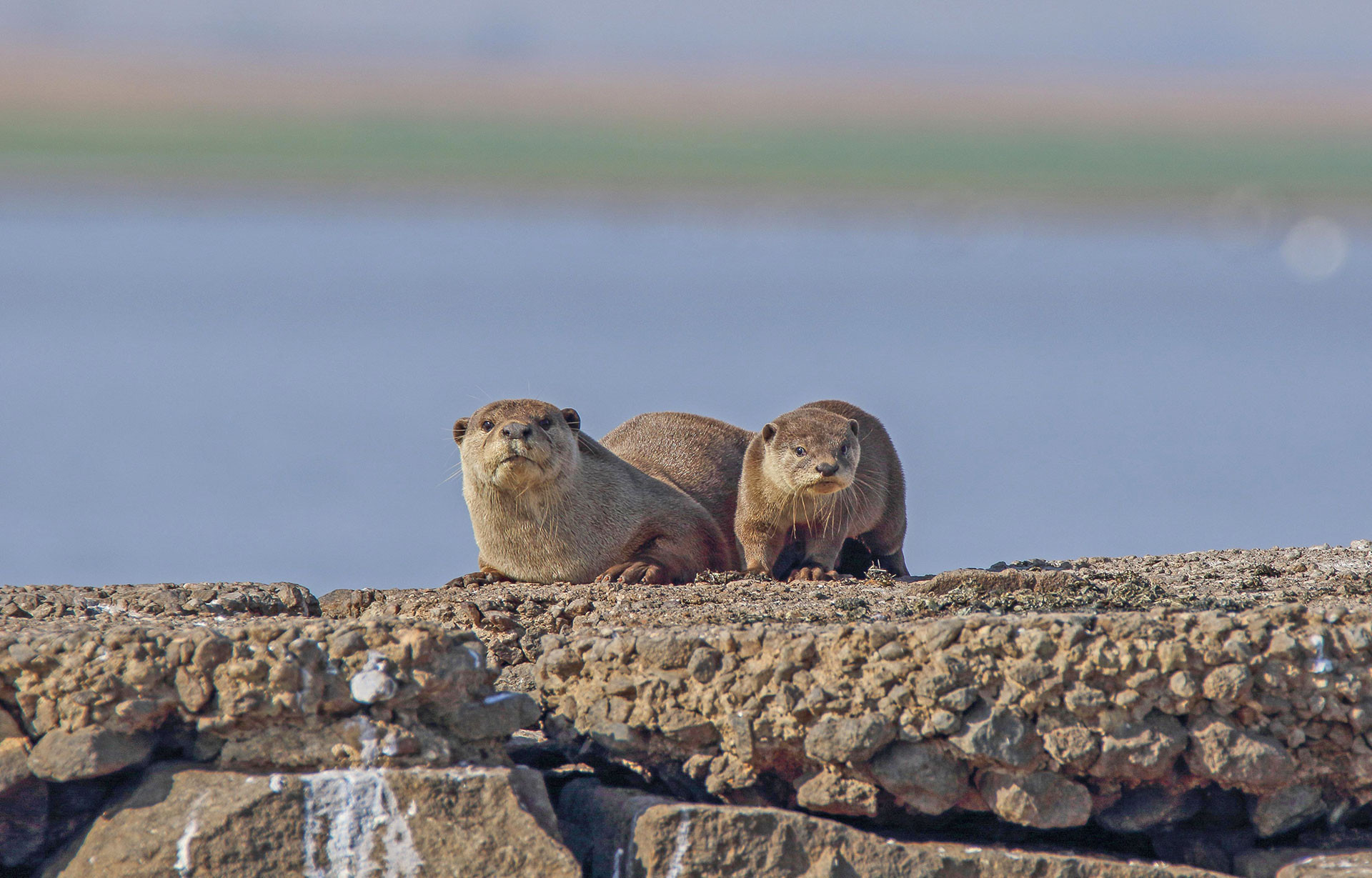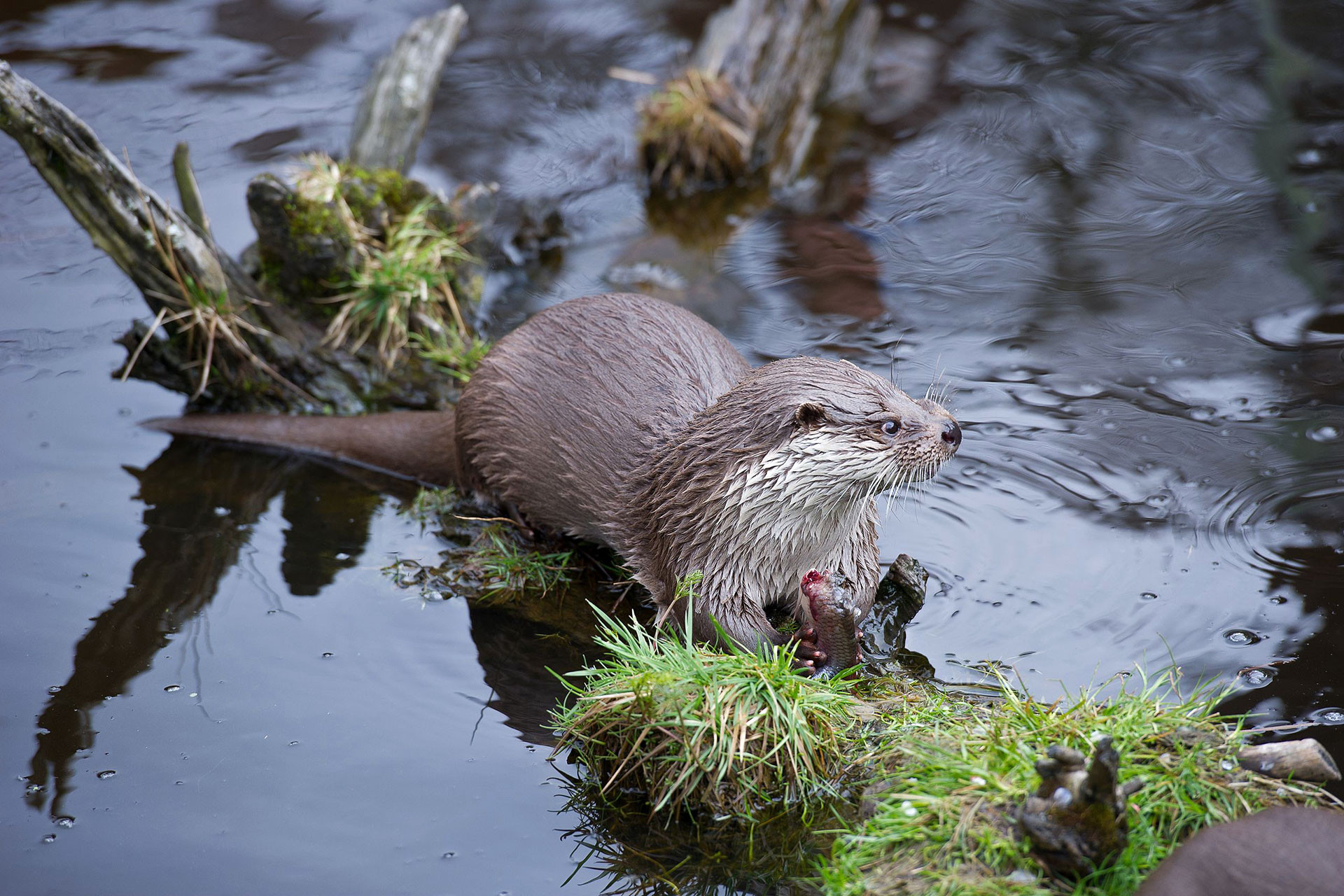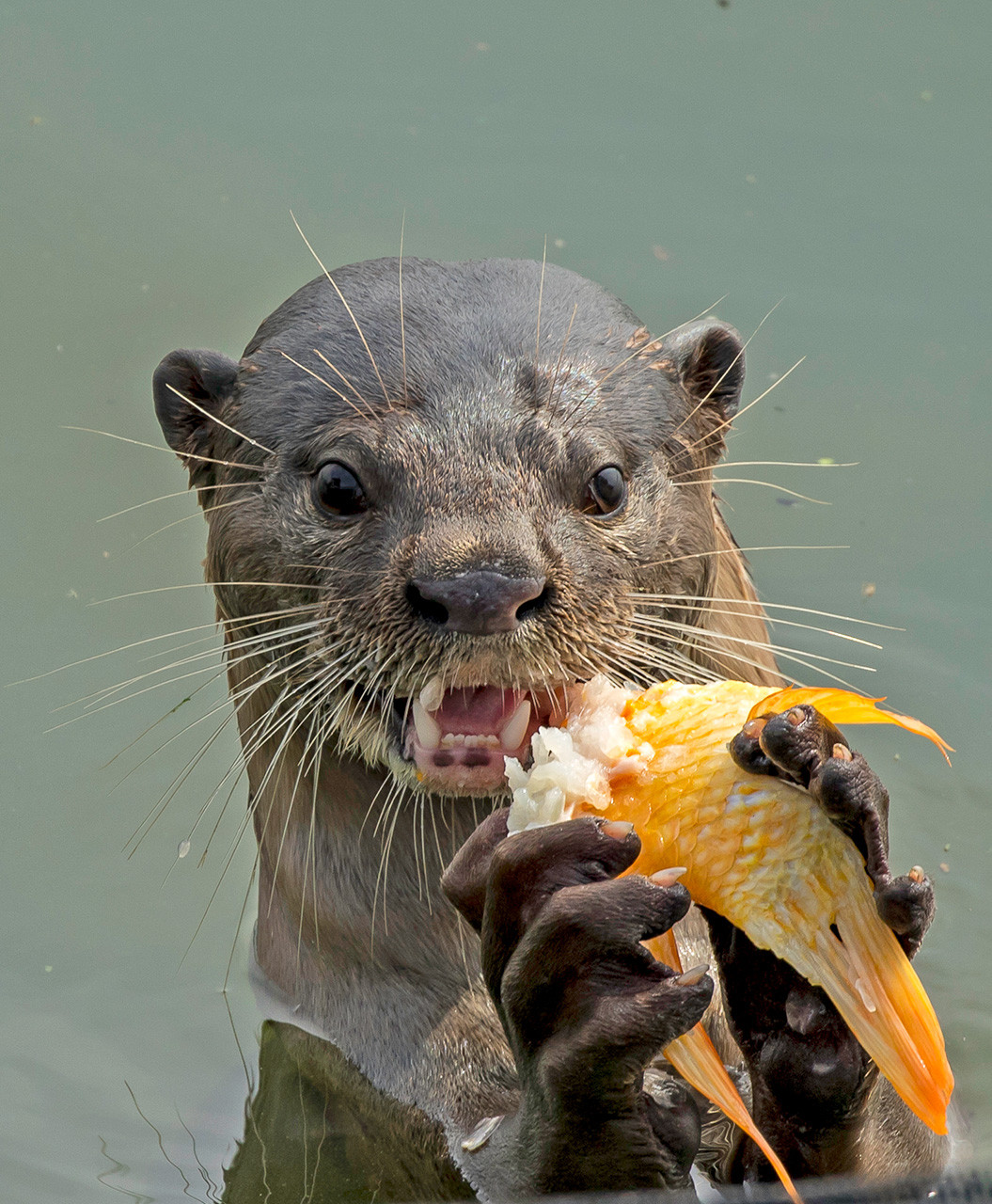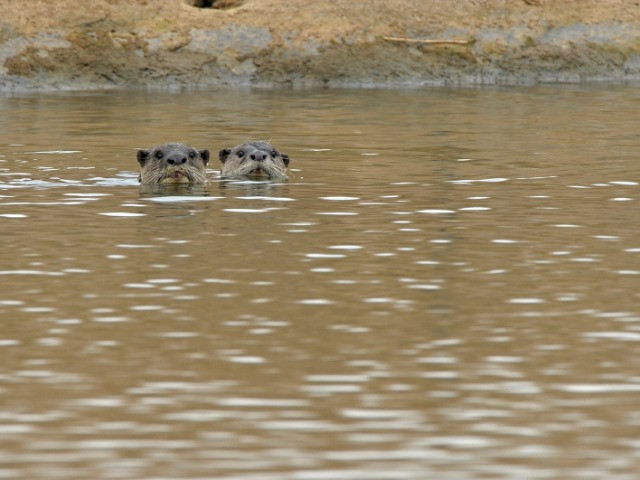About 11.4 million years ago, Southeast Asia was home to an otter species known as Neptune’s Vishnu Otter or the Vishnu Otter (Vishnuonyx neptuni). Weighing between 10 and 15kg, Vishnu Otters occupied some of the major rivers present back then, in the southern parts of Asia. The otter is back in the news recently, as a team of researchers from the University of Tübingen, Germany, excavated its fossil remains from the Hammerschmiede fossil site in Bavaria. Fossils of Vishnu Otters were first discovered in the foothills of the Himalayas, but this recent finding in Germany reveals that they probably migrated long distances before they became extinct.
Apart from the discovery of the geographic distribution of the species, the study also highlighted that not much is known about the evolutionary history of otters in general. Depending on the species, these aquatic, semi-aquatic or marine mammals are important denizens that vastly impact their respective ecosystems. Being close to apex predators, otters help keep a check on the population of various aquatic species. Yet, a combination of factors is placing the otters of our country in peril. A lack of awareness, the loss of habitats, pollution of water bodies and hunting for skin as well as the illegal pet trade are some of the most significant threats to the species. It is vital that we arm ourselves with basic knowledge about the species so that we can contribute to conservation efforts and aid in spreading awareness. While the discovery of the Vishnu Otter across the sea is exciting, it is also a cautionary tale on why we need to act fast to protect the extant species.
Here is a quick breakdown of basic information about the otters that call India home.
1—Meet the Otter
Mammals that belong to the Mustelidae family, otters are present throughout the world except for Australia and Antarctica. Globally, there are 13 otter species, three of which are found in India—the Smooth-coated Otter, the Eurasian Otter and the Asian Small-clawed Otter. Depending on the species, otters are aquatic, marine or semi-aquatic. Their webbed feet and long tails make them able swimmers. Their fur also equips them for life near water bodies. Did you know that among all the animals, otters have the densest fur?
2—Smooth-coated Otter
Largest among the otters found in India, Smooth-coated Otters (Lutrogale perspicillata) measure about 1.3 metres in length and weigh about 11kg. They get their moniker from their smooth and short fur. They are identified by their greyish-brown colour, small eyes and ears and their flattened tails. Smooth-coated Otters are found throughout India, and they occupy a range of water bodies like rivers, lakes, estuaries and inundated rice fields. They also reside in mangrove forests and semi-arid regions. Rocky areas near water bodies are their preferred sites for resting and making dens.
3—Eurasian Otter
Slightly smaller than the Smooth-coated Otter, Eurasian Otters (Lutra lutra) measure about 1.2 meters in length and between 6 to 12kg in weight. Eurasian Otters, also known as European Otters, are distinguished by their broader heads and elongated snouts that end in a distinct W-shaped nose. They have dark brown fur, and the shade depends on their geographic location. In India, Eurasian Otters are mainly found in the Himalayan foothills and the southern parts of the Western Ghats, where they occupy mountain streams and cold hilly areas. The Himalayan otters have been observed to migrate to the lowlands during winter.
4—Asian Small-clawed Otter
Asian Small-clawed Otters (Aonyx cinereus) are the smallest among all otters worldwide. They measure about 0.95 meters in length and weigh only about 2–5kg. As their name suggests, they have short claws and sport dark brown fur with hints of red. They also have white patches around their throat, upper lip and on the sides of their neck. Asian Small-clawed Otters are mainly found in the northeastern states of West Bengal, Odisha, Arunachal Pradesh and Tripura, along with the hilly areas of Nilgiris, Palani and Coorg in southern India. In the Western Ghats, the Asain Small-Clawed Otters mainly occupy hill streams. Their habitats are wide-ranging from shrublands, grasslands, coastal regions, wetlands and mountain streams.
5—Pescatarians
Smooth-coated Otters feed on insects, fish, birds, frogs, eggs and crustaceans. Foraging in groups, they typically form V-shaped romps in the water and swallow small fish whole. Eurasian Otters, on the other hand, mainly feed on fish. Researchers have found that the diet of Eurasian Otters is influenced by the season, and during winter, they also hunt for amphibians. Small-clawed Otters have a wide-ranging diet and feed on crustaceans, fish, amphibians and reptiles. They are also known to dig along the shore looking for shellfish and crabs.
You may also like to read
6—Family Units
Smooth-coated Otters are highly social and live in family units that consist of a breeding pair and about three or four young otters. Male otters are polygamous, and both the adults mark their territory using secretions from their anal glands, a process called sprainting. Asian Small-clawed Otters, on the other hand, live in large groups that consist of anywhere between 15-20 individuals. During breeding periods, they dig burrows for nesting alongside water bodies. Eurasian Otters are solitary, and individuals mark their territory using sprainting. They are found in groups only when mothers are accompanied by their pups. Otters can breed throughout the year.
7—Understanding Otter Populations
Outside protected areas, otters are an uncommon sight in India, especially in the northern parts of the country. Additionally, there isn't much information on conducive habitats for otters outside protected areas, which further confounds conservation initiatives. In 2019, the state of Uttar Pradesh conducted the first otter census in the Pilibhit Tiger Reserve. Similarly, a two-year study was initiated in Maharashtra to understand the otter populations in the state and the threats faced by them. Otters are shy by nature, and researchers use camera traps and spraints to locate them. With a better understanding of otter numbers and their habitats, conservation efforts can be more fruitful.
8—Conservation and Threat Status
Both the Smooth-coated Otter and the Asian Small-clawed Otter are classified as Vulnerable by the IUCN Red List. The Eurasian Otter is classified as Near Threatened. Otters in the country face several threats such as polluted water bodies, hunting and anthropogenic interference with their habitats for agriculture and fishing activities. But the most significant threats to otters are the exotic pet trade and hunting for their skins. According to a report by Traffic, illegal otter trade has been recorded in 15 countries, and India is among the leading countries involved in the otter skin trade. All three species found in India are also the preferred otters for the pet trade. In 2019, India’s proposal to upgrade the protection of Smooth-coated and Small-clawed Otters in CITES (Convention on International Trade in Endangered Species on Wild Fauna and Flora) was accepted by the United Nations. Despite the bans and restrictions, otter trade continues to be prevalent.
9—Otters and Rivers
The sight of a healthy otter family playing by the riverside is not just a good sign for the otters but also for the local river and forest ecosystems. Otters keep a check on the population of other aquatic species and signify clean rivers that are free of pollutants. Conservation of rivers, therefore, becomes a vital part of protecting the species. The Chambal river, for example, was once home to a significant number of otters, but with the construction of dams in the area, the otter numbers have greatly reduced. Today, Chambal is slowly regaining its otter population. The absence of fish ladders during dam construction is also a contributing factor as it decreases the prey base for otters, impacting local populations. Additionally, water pollution due to pesticide runoff impacts the otters and the fish they prey on.
10—Conservation Initiatives
India's first dedicated otter reserve, the Tungabhadra Otter Reserve Sanctuary, is a 34km-stretch earmarked for mammals along the river in Karnataka. The reserve is home to both the Smooth-coated Otters and the Asian Small-clawed Otters. Environmental conservation organisation Wild Otters is working on protecting these mammals and understanding their behaviour. The organisation is studying the movement patterns of otters in Goa and assessing habitats in the Western Ghats. Despite such initiatives and the earlier-mentioned population studies, otter conservation in the country is in dire need of community participation. Take the Tungabhadra river, for example, the region is an important tourist destination and is flanked by agricultural lands. It is important that the local communities, especially fishers who frequently come in contact with these mammals, understand the importance of otters in the ecosystem. With better knowledge of the species and better awareness among communities, India’s otters will soon be able to thrive in rivers and water bodies outside protected areas.
















